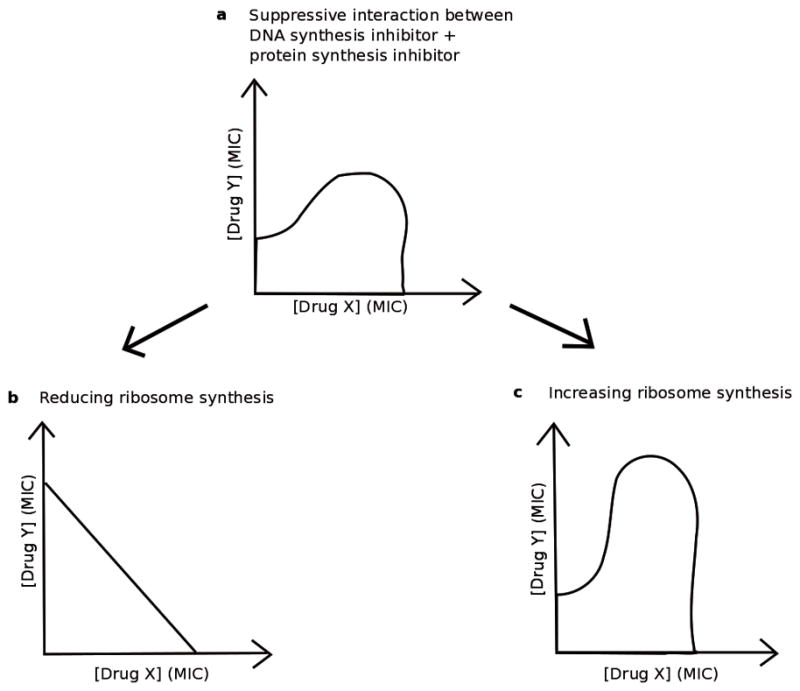Figure 5. A mechanism of suppression between DNA-synthesis inhibitors and protein-synthesis inhibitors.

When a DNA-synthesis inhibitor and a protein-synthesis inhibitor are used in combination, the result can be a suppressive interaction.44 In (a), this interaction is shown by its outermost isobole, and the fitness of the bacteria greatly increases when both Drug X and Drug Y are in high concentration because the bacteria experience a combined effect less than one or both of the drugs in the combination (a). However, when this same drug combination is given to a population of bacteria with genetically reduced level of ribosome synthesis, the suppression disappears (b), as shown by an outermost isobole in which increasing the concentration of both Drug X and Drug Y swiftly decreases the bacterial fitness. In populations of genetically manipulated bacteria that overproduce ribosomes, the suppression intensifies (c), as shown by an outermost isobole in which increasing the concentration of both Drug X and Drug Y results in an even bigger increase in fitness than in (a). Bollenbach et al. show that a mismatch in the amount of DNA and ribosomes produced in a cell can more effectively hamper population growth when compared to an overall decrease in both DNA and ribosome production.44
